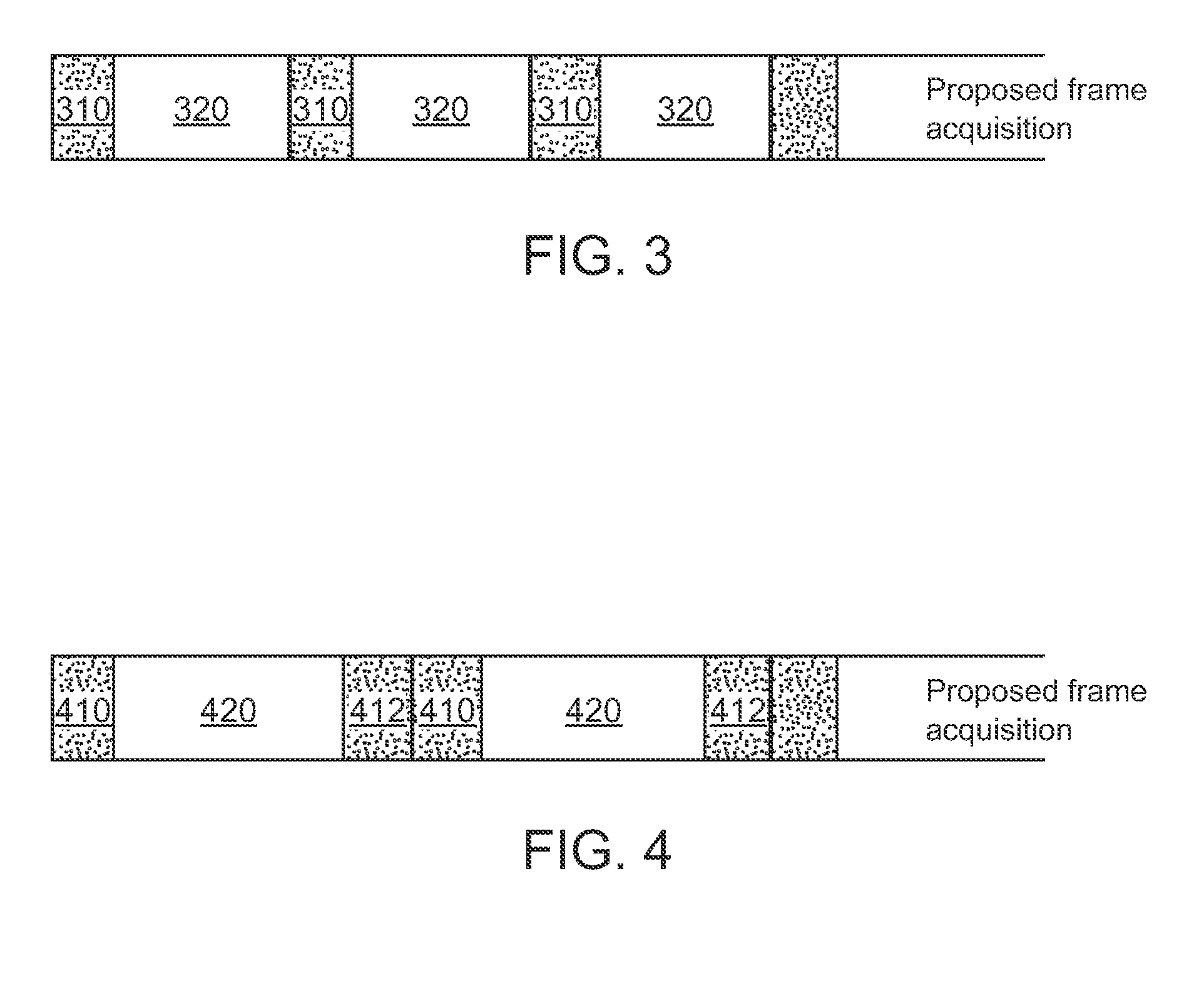Low-light video frame enhancement
a low-light video and frame enhancement technology, applied in the field of low-light video frame enhancement, can solve the problems of low visual quality, low video image quality, and low noise removal algorithm, and achieve the effect of less sharpness and enhanced one or more parameters of video image quality
- Summary
- Abstract
- Description
- Claims
- Application Information
AI Technical Summary
Benefits of technology
Problems solved by technology
Method used
Image
Examples
Embodiment Construction
[0040]Several embodiments are described below that use a pair of images to enhance one of them. Alternative embodiments may be obtained by combining features of two or more of these embodiments, or by combining features of one or more of the embodiments with features described in the background or in any of the references cited there or hereinbelow. In certain embodiments, one of the pair of images is the target image (which is sharp but under exposed and noisy), and another image is the reference image (which is well-exposed but blurred, e.g., motion blurred). In specific embodiments, the use of the method if dedicated to improving the quality of video-frames acquired in scenes with low light.
[0041]For ensuring animation (motion, fluency), the frame-rate in a video is generally over a predetermined threshold (e.g., 12 frames / sec). This imposes a maximum exposure time for each frame. In low light conditions, this exposure time is not-sufficient for offering good visual quality. Seve...
PUM
 Login to View More
Login to View More Abstract
Description
Claims
Application Information
 Login to View More
Login to View More - R&D
- Intellectual Property
- Life Sciences
- Materials
- Tech Scout
- Unparalleled Data Quality
- Higher Quality Content
- 60% Fewer Hallucinations
Browse by: Latest US Patents, China's latest patents, Technical Efficacy Thesaurus, Application Domain, Technology Topic, Popular Technical Reports.
© 2025 PatSnap. All rights reserved.Legal|Privacy policy|Modern Slavery Act Transparency Statement|Sitemap|About US| Contact US: help@patsnap.com



